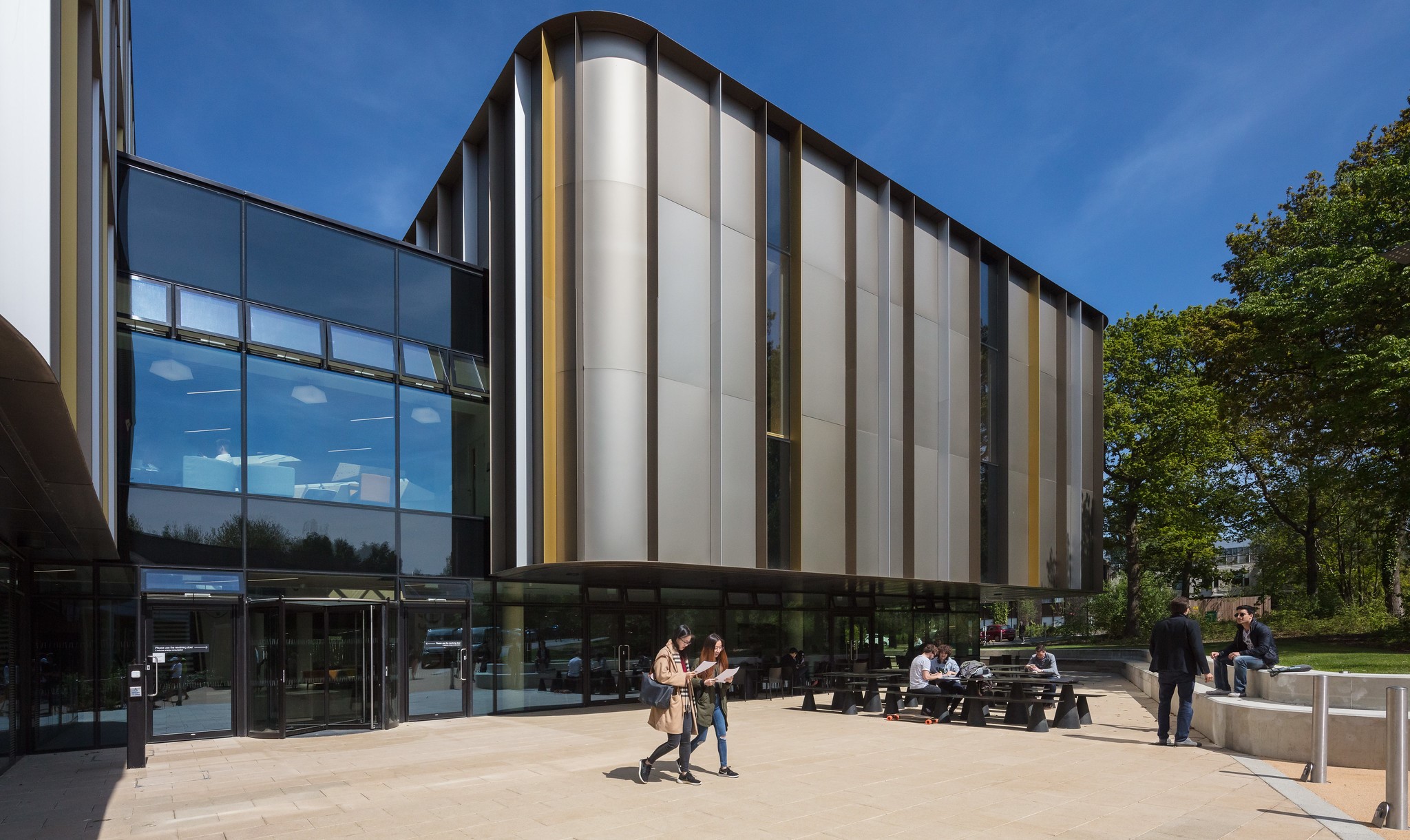How can we build productive working relationships? When are we at our best? What does being at our ‘best’ really mean? How do we become the leaders we want, and need to be? …all good questions that were raised as we designed and delivered a network session focused on exploring The Foundations of Success in Working Together with a group of ambitious owner-managers, and these are questions that form the foundation of this blog On Becoming a Resonant Leader: Developing Capabilities for Superior Performance.
What does being at our ‘best’ when working together really feel like?
Through exploring the question “when were you part of a team that was at its best?” participants spoke of working in a ‘well-oiled machine’, supportive of one another, and experiencing a process of working together that was ‘fluid’. Everyone within the team understood their own capability and roles, and those of others, and there was trust in the ability to create a successful outcome. Beyond this, there was an emotional connection, to each other and the work, the feeling of being involved and connected to each other and the bigger goal and having pride. One particular leader spoke about their experience of being part of a team and working for a leader in a highly pressured environment. If one were to assess team performance in relation to the achievement of the task; they were highly successful. However this came at a cost. Stress and sickness were rife, and relationships did not sustain beyond the project. And this led us to the question: what do great leaders do?
What do great leaders do?
Participants debated and discussed what great leaders do, and two distinct camps emerged; those leaders that took ‘people’ to heart, and those that focused on ‘task’. Leaders identifying strongly with the people aspect of work spoke of their desire for shared values, trust in one another, openness to the views of others and the value they placed on honest feedback. Those leaders with a preference for task and structural aspects of work raised the importance of clear roles, responsibilities and lines of communication to deliver an outcome. Respect appeared crucial to leaders taking a people-centric approach, whilst competence was more eminent for leaders taking a task-based approach ‘I want to work with people I can learn something from’.
Leaders also raised the challenge of defining structures and allowing for emergence. Some participants were clear of their preference for clearly defined structures, and identifying the contributions that others were making to the task. From here the heroic leader emerged, calm under pressure, acting as a buffer for the team, and rolling up their sleeves to help achieve task focus in a time of crisis. Others revealed a dislike for hierarchy and the need for autonomy, a preference not to micro manage or be micro managed. Flexibility and the need to be flexible, to be open to emergence and adjust course when necessary also became part of this debate.
As you can see, participant views were diverse. Clearly context and personal preference play a key role in determining the way we lead our organisations. Above all, the need to understand our own preferences, how they interact and inform the way we work with others, and transitioning in our leadership roles was central to becoming great leaders.
Doing ‘more of the same’ will not help
Through our work with business owners we have recognised the determination, tenacity, hard work, and lone working that is required to develop and grow their businesses. Business owners often build something special, that they are proud of and want to protect. In the process of experiencing and delivering work they hone some key skills. They can solve problems and deliver, sometimes complex work without thinking too hard or sticking to a defined process ‘it’s in our head’! and… they have higher rules, often unspoken, that govern their behaviour and the way they approach work.
In the fields of business and psychology business these capabilities are called ‘threshold competences’. They are components of an approach of leading that work well in the early days when there were few people in the business. As the business grows however, we are increasingly challenged to achieve things through others. Working harder and doing more of the same isn’t the answer, and risks us becoming ‘dissonant’ or even ‘toxic’ leaders [1]. As business owners, we each need to understand the leader we are, need and want to become, and develop and transition in our leadership roles. Sound great! But how can we achieve this?
On Becoming a Resonant Leader – Developing Capabilities for Superior Performance
It all starts with becoming aware of one’s self, continues through a heightened state of consciousness, and is played out in one’s desire to change.
The Oxford Dictionaries define ‘resonance’ as “the power to evoke enduring images, memories, and emotions” [2], and it is the emotional connection that experts now believe leaders need to better understand if they are to grow and improve their organisations for the long term. Technical skills are no longer enough: emotional and social competences are an essential part of the whole person.
So what do resonant leaders do differently? To help us explore this topic let us turn to Richard Boyatzis, a Professor of Organisational behaviour at Case Western Reserve University, and an expert on emotional intelligence, behavior change, competencies and leadership. Through comprehensive research with leaders across industries, Richard has identified that truly resonant leaders reinforce four aspects of behavior consistently with those with whom they work, these are:
- Hope – develop hope for the future, and a shared vision of what’s possible.
- Compassion – are open and caring of others – experience pain, joy, and search for growth.
- Mindfulness – are aware and conscious of one’s emotions, thoughts and sensations
- Playfulness – have fun, and sustain high spirits.
And, they constantly build their capabilities in 3 key areas:
- Emotional: awareness and managing one’s own internal states, impulses and resources.
- Social: building relationships through an awareness of others’ feelings, needs and concerns and skill or adeptness at inducing desirable responses in others.
- Cognitive: the ability to solve problems in various cognitive domains.
For further information on the concepts of emotional and social competence/intelligence we would suggest you read [4] and listen to [5] detailed in the reference below.
Make a Difference (MAD) challenge from this section: In reading this section, we would ask that you reflect on the following questions:
- what is it like being you?
- what is it like being on the receiving end of you?
- what impressions do others make on you?
- what does this mean in the context of the leader you are, want and need to be?
Further information
You may also like to read the blogs that form part of this series on “The Foundations of Success in Working Together”, and you can access these by clicking on the following links:
- The Foundations of Success in Working Together – an introduction to the series
- The Critical Role of Organisational Structure in Effective Decision making
For further information on the BIG Network or any of the Business, Improvement and Growth (BIG) programmes for ambitious owner-managers, and their teams, please get in touch with Simon on 01227 824740 or S.O.Raby@kent.ac.uk
References
[1] 10 minute YouTube clip when Annie McKee discusses toxic bosses
[2] http://www.oxforddictionaries.com/definition/english/resonance
[3] Boyatzis, R.E. 2009. Competencies as a Behavioural Approach to Emotional Intelligence, Journal of Management Development, 28(9): 749-770.
[4] Goleman and Boyatzis. 2008. Social Intelligence and the Biology of Leadership, Harvard Business Review, September
[5] 25 minute YouTube clip when Daniel Goleman Explains Emotional Intelligence

